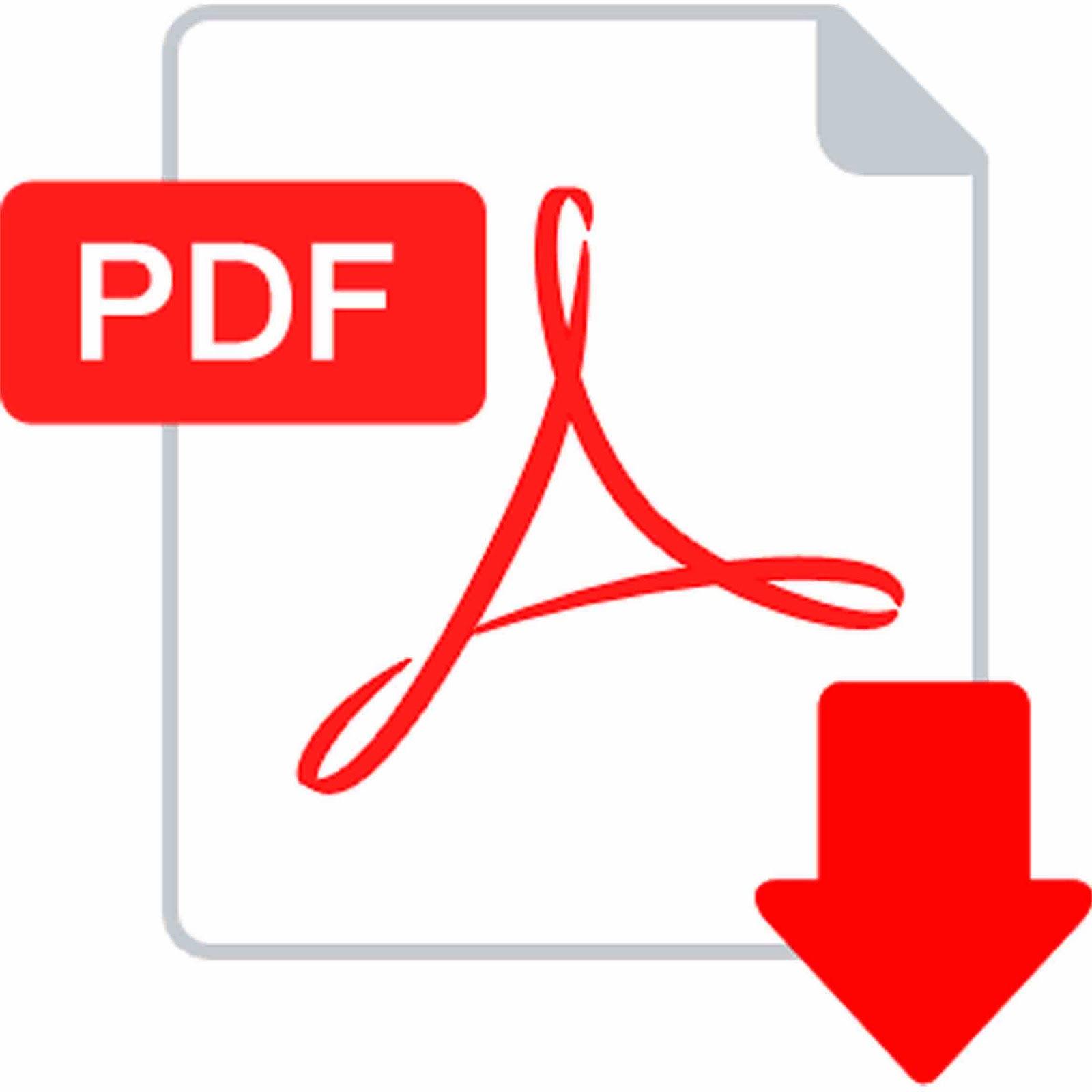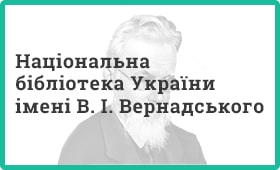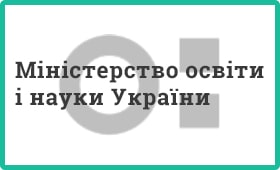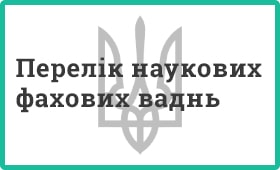| JEL Classification: I31; D63; E24; O15; H53. | DOI: https://doi.org/10.31521/modecon.V51(2025)-22 |
Pihosh Vasyl, PhD in Economics, Associate Professor, Associate Professor of the Department of Accounting, Taxation and Marketing, Mukachevo State University, Mukachevo, Ukraine
ORCID ID: 0000-0002-3948-6795
e-mail: v.pigosh@mail.msu.edu.ua
Reznikov Vyacheslav, Postgraduate Student, Mukachevo State University, Mukachevo, Ukraine
ORCID ID: 0009-0005-8164-1073
e-mail: sl.reznikov@gmail.com
Assessment of Subjective and Objective Well-Being of the Population of Ukraine During the Crisis Period
Abstract. Introduction. The full-scale war launched against Ukraine in 2022 has radically transformed the country’s socio-economic landscape, bringing new challenges to public policy, institutional resilience, and individual well-being. In this context, assessing the quality of life becomes an essential tool for monitoring the population’s socio-economic condition and psychological adaptation. Traditionally, quality of life is measured through objective socio-economic indicators; however, global practices increasingly emphasize the role of subjective well-being—individual perceptions of happiness, security, and satisfaction—as equally important metrics. This duality is particularly relevant during crises, when official statistics may not fully reflect the lived experiences of citizens.
Purpose. This study aims to evaluate both the objective and subjective dimensions of the population’s well-being in Ukraine during the crisis period (2022–2024), with a comparative analysis of pre-war data (2020–2021). The research investigates key trends in income, employment, poverty, and housing, alongside subjective indicators of emotional well-being, life satisfaction, and social support. The goal is to uncover the extent and dynamics of transformation in quality of life and to identify adaptive responses of the population under wartime conditions.
Results. The findings demonstrate a sharp decline in employment levels, rising poverty, and a contraction of real consumption, despite nominal income growth. These changes indicate structural vulnerabilities in the socio-economic environment. Simultaneously, the subjective dimension of well-being recorded a significant drop in perceived happiness and freedom of life choices during 2022, followed by a gradual recovery in 2023–2024. Interestingly, levels of generosity and social cohesion increased, reflecting a collective adaptation strategy. The study reveals a discrepancy between objective economic recovery signals and continued psychological and emotional strain, highlighting the importance of integrating both dimensions in policymaking.
Conclusions. The research confirms the necessity of an integrative approach to measuring quality of life, particularly in crisis contexts. Objective indicators provide quantifiable insights into living standards, while subjective assessments capture the nuanced impacts of war on emotional and social well-being. Policymakers must consider both domains to ensure effective recovery strategies, strengthen resilience, and foster long-term socio-economic stability. The study also underscores the need for regionally disaggregated and dynamic quality of life monitoring systems that reflect the complexity of post-crisis recovery.
Keywords: quality of life; subjective well-being, socio-economic crisis; war in Ukraine; population welfare; happiness index; public policy.
References:
- Kahneman, D., & Deaton, A. (2010). High income improves evaluation of life but not emotional well-being. Proceedings of the National Academy of Sciences, 107(38), 16489–16493. https://doi.org/10.1073/pnas.1011492107
- Smith, D. M. (1973). The geography of social well-being in the United States: An introduction to territorial social indicators. McGraw Hill.
- Ferrans, C. E. (2005). Definitions and conceptual models of quality of life. In J. Lipscomb, C. C. Gotay, & C. Snyder (Eds.), Outcomes assessment in cancer (pp. 14–30). Cambridge University Press. https://doi.org/10.1017/CBO9780511545856.002
- Felce, D., & Perry, J. (1995). Quality of life: Its definition and measurement. Research in Developmental Disabilities, 16(1), 51–74. https://doi.org/10.1016/0891-4222(94)00028-8
- Farquhar, M. (1995). Definitions of quality of life: A taxonomy. Journal of Advanced Nursing, 22(3), 502–508. https://doi.org/10.1046/j.1365-2648.1995.22030502.x
- Theofilou, P. (2013). Quality of life: Definition and measurement. Europe’s Journal of Psychology, 9(1), 150–162. https://doi.org/10.5964/ejop.v9i1.337
- Gukalova, I. V. (2009). Yakistʹ zhyttia naselennia Ukrainy: suspilʹno-heohrafichna kontseptualizatsiia [Quality of life of the population of Ukraine: Socio-geographic conceptualization]. Institute of Geography of the NAS of Ukraine. https://igu.org.ua/sites/default/files/igu-files/mono/life-quality.pdf
- Palchuk, O. I. (2018). Yakistʹ zhyttia naselennia: hrani problem u fokusі peretvorenʹ [Quality of life of the population: Aspects of the problem in the focus of transformations]. Globalni ta natsionalni problemy ekonomiky, 21. https://www.researchgate.net/publication/376553033
- Mandrykina, A. S. (2011). Uzahalʹnennia teoretychnykh pidkhodiv do vyznachennia poniattia “iakistʹ zhyttia naselennia” [Generalization of theoretical approaches to defining the concept of “quality of life of the population”]. Komunalʹne hospodarstvo mist, 98, 388–392. https://eprints.kname.edu.ua/21546/1/388-392_Мандрикіна_АС.pdf
- International Monetary Fund. (2024). World Economic Outlook Database: April 2024. https://www.imf.org/en/Publications/WEO/weo-database/2024/April/weo-report
- Minfin. (2025). Zvedena tablytsia indeksiv spozhyvchykh tsin za ostanni roky (%) [Consolidated table of consumer price indices in recent years]. https://index.minfin.com.ua/ua/economy/index/inflation/
- State Statistics Service of Ukraine. (2022). Ekspres-vypusk: Dokhody ta vytraty naselennia u 2021 rotsi [Express issue: Incomes and expenditures of the population in 2021]. https://stat.gov.ua/sites/default/files/2023-08/29.pdf
- Financial Club. (2025). Dokhody ukraintsiv za rik zbilshylysʹ na 17,1% i prodovzhuiutʹ zrostaty [Ukrainians’ incomes increased by 17.1% over the year and continue to grow]. https://finclub.net/news/dokhody-ukraintsiv-za-rik-zbilshylys-na-17-1protsent-i-prodovzhat-zrostaty.html
- National Institute for Strategic Studies. (2025). Proiavy ekonomichnoi nerivnosti naselennia v Ukraini v konteksti zabezpechennia stiikosti [Manifestations of economic inequality of the population in Ukraine in the context of ensuring resilience]. https://niss.gov.ua/doslidzhennya/sotsialna-polityka/proyavy-ekonomichnoyi-nerivnosti-naselennya-v-ukrayini-v-konteksti
- Minfin. (2025). Prozhytkovyi minimum v Ukraini po sotsialnym ta demohrafichnym hrupam z 2000 po 2025 rr. [Subsistence minimum in Ukraine by social and demographic groups from 2000 to 2025]. https://index.minfin.com.ua/ua/labour/wagemin/
- State Statistics Service of Ukraine. (2022). Chastka vytrat na kharchuvannia v sukupnykh vytratakh domohospodarstv (%) [Share of food expenditures in total household expenditures]. https://sdg.ukrstat.gov.ua/uk/1-3-2/
- Gallup. (n.d.). Global analytics: Global research that powers strategic leadership. https://www.gallup.com/analytics/318875/global-research.aspx
- Sustainable Development Solutions Network. (n.d.). Analysis – World Happiness Report. https://worldhappiness.report/analysis/
Received: 17 June 2025

|
How to quote this article? |
| Pihosh V., Reznikov V. (2025). Assessment of Subjective and Objective Well-Being of the Population of Ukraine During the Crisis Period. Modern Economics, 51(2025), 171-177. DOI: https://doi.org/10.31521/modecon.V51(2025)-22. |










 Українська
Українська